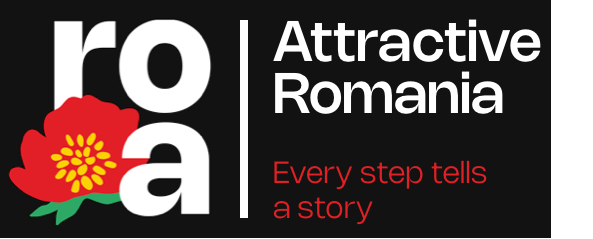On the banks of the Arieș River, 50 km away from Cluj-Napoca, in the village of Luncani, stands a building that bears witness to the relentless passage of time. Over eight centuries of history are hidden within the walls of Kemény-Bánffy Castle, which, if it could speak, would tell us stories of times so distant that our minds can hardly comprehend them today.
The history of the village of Luncani is closely linked to that of the castle and its estates, as for many centuries the villagers were the serfs of the domain. The destinies of the families that owned it merged with the larger history, and each major event left a mark on the castle's story.
The nobles of the Kemény family played a crucial role in the fate of Transylvania, and among the figures who ruled the castle, Prince Ioan Kemény stands out as one of the most prominent political figures of his time. In the 19th century, it passed into the hands of another great noble family, the Bánffys, but after a short period of prosperity, wars and communism would irreparably decimate it.
Today, we can only see its wounds, but even through them, Kemény-Bánffy Castle tells us a long history, a life of nobility long gone, a story worth listening to!
Architectural Features
In its glory days - the 17th century, under the rule of the Kemény family, the entrance to the castle was made through the same place as today, but it was also protected by a massive gate, through the stone wall that surrounded the castle. There were also two observation and defense towers near the gate. In the courtyard were various outbuildings, the homes of the court judge and the constable, a well, and several stables. On the castle's domain, there were many horses used for riding and pulling the carriage.
Near the castle was a prison used for the detention of wrongdoers caught in the vicinity. For recreation, near the Arieș area, there was a grass garden with a structure covered with an upper floor, where horses often grazed. Also, there was a vegetable garden that served the castle's kitchen and two small ponds, located near the Arieș River. The adjacent buildings, mostly built of wood, reeds, and clay, served as shelter for domestic animals: cattle, pigs, and poultry. Another important structure, the barn, stored considerable amounts of cereals. The property also included a sheepfold located at the edge of the village, on the banks of the Arieș River, which housed around 80 sheep.
Brief Historical Overview
The establishment of the communist regime caused a significant disruption in the social balance of the village. Many peasants joined the communists, adopting a hostile attitude towards the large landowners, encouraged by the presence of Soviet troops. Although the castle was not taken over by the state, it became the headquarters of the Luncani Agricultural Production Cooperative (C.A.P.), and the Bánffy family was evicted in 1949.
In recent years, the castle and its adjacent buildings have deteriorated considerably. In 1989, the only structures left standing were the mill, the stone barn, and a stable, all in urgent need of restoration.
Notable names
József Kemény, a Hungarian historian, was the son of Baron Farkas Kemény, while his mother, Terezia, was the sister of Bishop Ignațiu Batthyány. His education included studies at the Piarist High School in Cluj. Kemény is known for acquiring a watercolor depicting the tomb of Michael the Brave, as it was built by Lady Stanca in the 17th century.
He is also responsible for publishing the journal of Sibiu's mayor, Johannes Lutsch, who died in 1661 in Istanbul from the plague. In 1795, he funded the construction of the Holy Archangels Church in Luncani, intended for the Romanian community. Kemény met his end at Kemény Castle in Luncani, where he was also buried.
3D Animation
Virtual tour
Contact
Facilities
Wi-Fi
No
Visiting schedule
Anytime, with prior appointment
Status
Temporarily closed
Landmark access
By car
Access facilities for disabled people
No
Parking
Own
Sanitary group in the location or proximity
Yes
The custodians reserve the right to modify the visiting conditions of the attractions.
Reviews











 Continue with Google
Continue with Google
